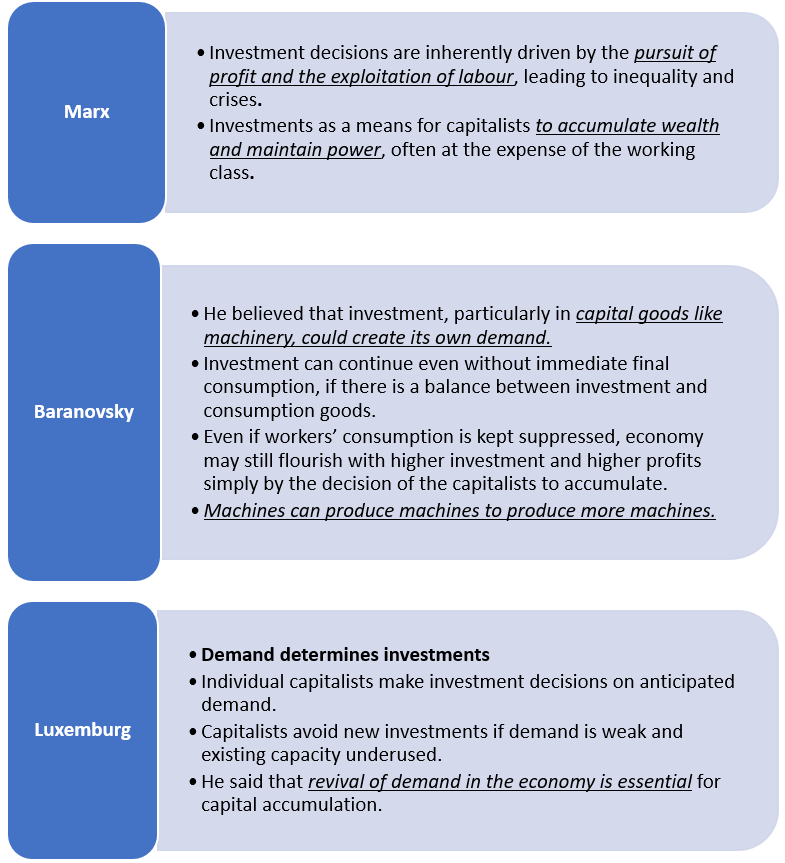Mains: GS III - Indian Economy and issues relating to Planning, Mobilization of Resources, Growth, Development and Employment
Recently, the Ministry of Statistics and Program Implementation (MoSPI) released the monthly growth rate of the Index of Industrial Production (IIP), which has slowed to a nine-month low of 1.2% inspite of government initiatives on investment.
The Laspeyres Price Index is a consumer price index used to measure the change in the prices of a basket of goods and services relative to a specified base period weighting. It is also called the base year quantity weighted method.
|
Basis of GDP and its Linkage with Investment |
|

The repo rate (repurchase rate) is the interest rate at which the central bank lends money to commercial banks when there is a shortage of funds. It is the rate at which banks borrow money from the central bank for short-term needs, usually against government securities.
Gross Fixed Capital Formation (GFCF) represents the net increase in the value of fixed assets over a specific period of time in an economy. It includes land improvements, plant, machinery, equipment purchases, and the construction of roads, etc.